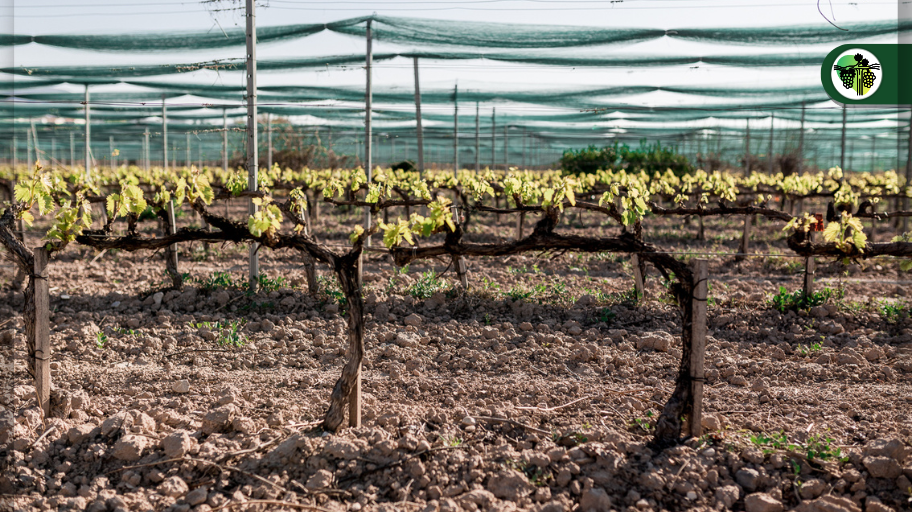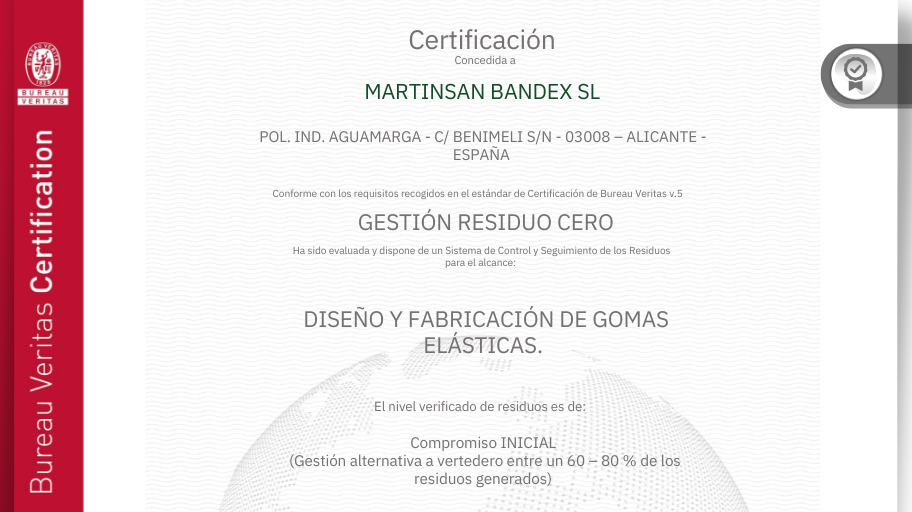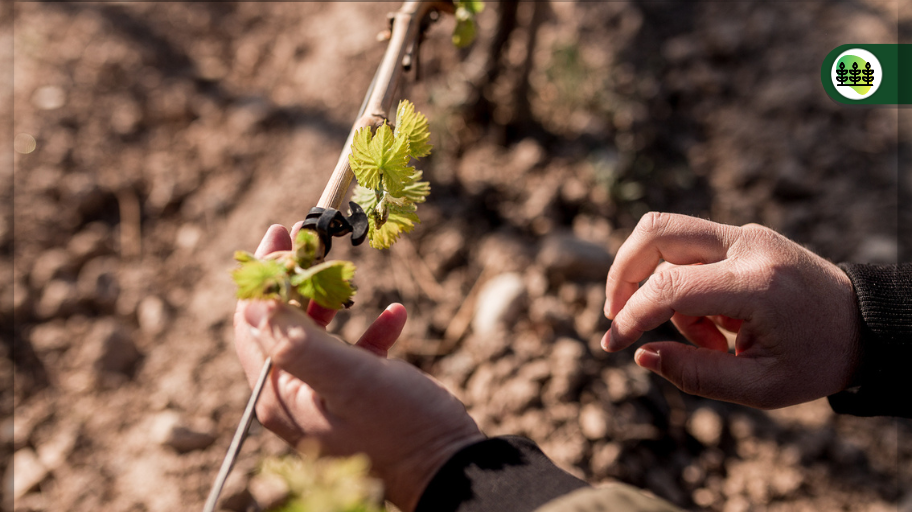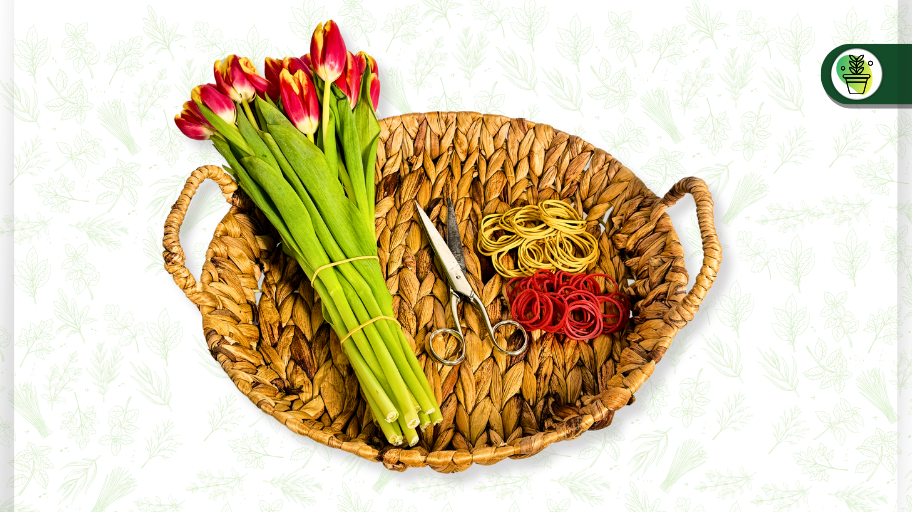Traveling through Spain and enjoying its gastronomy also means enjoying its best wines. How is the wine sector developing in the region? At the end of December 2022, Spain closed with 931,568 hectares of transformation grape vineyards, according to the ESYRCE Crop Area and Yield Survey report.
Among the regions with the most significant area is Castilla-La Mancha, with 453,090 hectares (48.6% of the national total), and Extremadura, with 82,748 hectares, although all the autonomous communities are represented. The Valencian community has approximately 58,328 hectares of vineyards.
“2010 was the last year in which the vineyard area in Spain exceeded one million hectares”.
Agronews Castilla y León, (2022). “The vineyard area in Spain, during 2021, decreased by 0.9% to 941,087 ha, with 8,478 hectares less.”
Regarding the type of vineyard cultivated, 58.9% of the hectares for wine grapes corresponded to dry land, and the rest to irrigated land. However, compared to the records obtained in 2021, the dryland crop has lost 1.7% (-9,485 ha), while the irrigated crop area has remained stable, reducing by only 35 hectares.
Spanish Wine Has Managed to Break Records in Exportation
A report prepared by the ICEX España Exportación e Inversiones and analyzed by the Spanish Wine Market Observatory (OeMv) refers to an increase in the total number of wine exporting companies in 2022, reaching 4,024 – a figure that had not been reached since 2017 with a report of 4073 companies and that represented an increase of 1.1% to the number compared to 2021 -45 more companies-. Its wine export turnover in 2022 increased by 3.4%, reaching 3,067.3 million euros -99.6 million euros more than in 2021-.
How have these figures evolved during the first half of 2023? The year begins with a turnover of €49.6 million more, up to €924.8 million (+5.7%) in the first four-month period -according to OeMv-; a figure that slightly exceeds that registered in the first four-month period of 2018 -the best first four-month period in euros in the historical series-.
“The wine sector registered a record figure in its exports, which amounted to 3,290 million euros in 2018, which represents an increase of 2.8% over the previous year”.
El País, (2019). “Spanish wine breaks the export record in 2018”
April 2023 would mark a new billing record, reaching €3,029.8 million (+5%). This is due to the 13.3% growth of the sales prices of national wine abroad. Other data obtained by the Observatory highlight Switzerland as the foreign market where our wine was sold at the highest price, with an average price of 5.47 euros per liter.
This would represent 4% more, taking into account all the varieties. Other countries such as Canada, the US, Norway, Ireland, and Mexico exceeded 3 euros per liter in sales.
Spotlights of Spanish Wine Exports
As one of the leading producers and exporters worldwide, our wines are recognized for their diversity of styles, quality, and winemaking tradition. We must highlight other aspects:
- Main destination markets: The principal market destination of Spanish wine is the European continent -according to the OeMv report-. By 2022, bulk wine was mainly exported to Morocco (+9.2 million liters) and the United Kingdom (+7.5 million), while in packaging (by volume), Germany is positioned with 83.4 million liters and the United States with €258.1 million (+11%).
- Diversity of styles and protected designation of origin: The wide variety of Spanish wine regions and protected designation of origin allows the production of a wide range of wines, ranging from the robust and elegant reds of the Ribera del Duero to the refreshing whites of Rías Baixas; a unique way to capture the essence of its terroir.
- Sustainability and social responsibility: Many Spanish producers and wineries have adopted sustainable practices in their vineyards and production processes that range from organic farming, implementation of biodynamic viticulture, recycling and reuse of by-products-pomace and lees are used in the production of compost, organic fertilizers, and animal feed, and biomass branches for energy production-, the use of renewable energy and water management through drip irrigation systems, rainwater harvesting and reuse of treated wastewater.
- Certifications and quality seals: Many Spanish wineries have obtained sustainability certifications and quality seals that support their responsible practices, such as: “Sustainable Wineries for Climate Protection,” ECO-PROWINE, and Green Emblem Robert Parker, among others.
Advantages of Using Anchor Bands for Tying Vineyards
There are two types of vineyard formation: goblet -more traditional- and trellis. Its main difference lies in the tutoring. While goblet vineyards do not require a trellis or support to guide the plant, the trellis formation uses different tying and support systems to guide the arms and branches of the vine.
This section will discuss an ideal option for tying and holding trellis vineyards: EPDM Anchor Band, an elastic band with an anchor-shaped head, very resistant and easy to use. We will focus on three key aspects that make this product an ideal ally for producing quality grapes: vineyard stability, improvement in sun exposure, and protection against damage.
Vineyard Stability
The trellis vine requires a tutor to provide support, prevent the plant from giving in or bending -by its weight or that of its fruits- and provide protection from strong winds. The anchor band made in Bandex securely holds the plant to the stake without causing damage or strangulation.
Its resistance to inclement weather, such as direct sunlight, high temperatures, frost, etc. It allows it to remain in the plant for more than five years, and even if the trellis structure is modified, it can be removed and repositioned without needing a new product.
Its placement is simple. It is enough to stretch the band with your hands and join the head as an anchor with the other end. To extract it, you have to pull it.
The anchor band is also used from the second year of growth to guide the shoots on the trellis. This holds the shoot until the following season and contributes to a better orientation of the branches. At Bandex, we manufacture all sizes, although the number 5 and number 8 anchor bands are the most frequent.
Improvement in Sun Exposure
A successful driving model also guarantees the ideal accumulation of sugars and acidity in the fruit -the grape- through sunlight. Four fundamental elements must be guaranteed for this:
- Orientation of the branches: Tying systems such as the anchor band allow the vine branches to be held securely and directed in the desired direction. This facilitates the exposure of the leaves to the sun and reduces shaded areas. On the other hand, it favors the processes of photosynthesis and, therefore, the adequate maturation of the fruits.
- Opening of the vegetation: Correctly attaching the branches of the vineyard to the trellis with the anchor band so that it can open the branches during their growth, favors air circulation, and reduces the risk of diseases caused by humidity, such as mold and mildew.
- Shade control: guiding with the anchor band keeps the vine’s growth uniform and controlled, preventing the branches from overextending and creating unnecessary shadows in other parts of the plant.
- Facilitates pruning: The use of anchor bands makes handling vines during pruning easier and more efficient. By having the branches well supported and oriented, precise pruning can be carried out, eliminating excess shoots and leaving only those needed to obtain a good distribution of the vegetation and adequate sun exposure.
Protection Against Damage
The anchor band is also used for protector closing, which favors the rooting of young plants, ensures their solidity, and protects the plants against attacks by insects and rodents. This keeps the protector in place and prevents it from falling or shifting due to wind or other external factors.
On the other hand, by not requiring secondary tools for placement and removal. This reduces damages caused by incorrect handling of scissors or other sharp tools in the plantations.
Complementary to the type of formation suitable for your vineyard, selecting an efficient and simple-to-use tying system, such as anchor bands, can improve the quality of the grapes. At Bandex, we believe in the power of simple and effective solutions. For this reason, we manufacture and market anchor bands tailored to your vineyards.
Do you need more information? Our team of professionals will be able to give you more details about its uses and applications.




